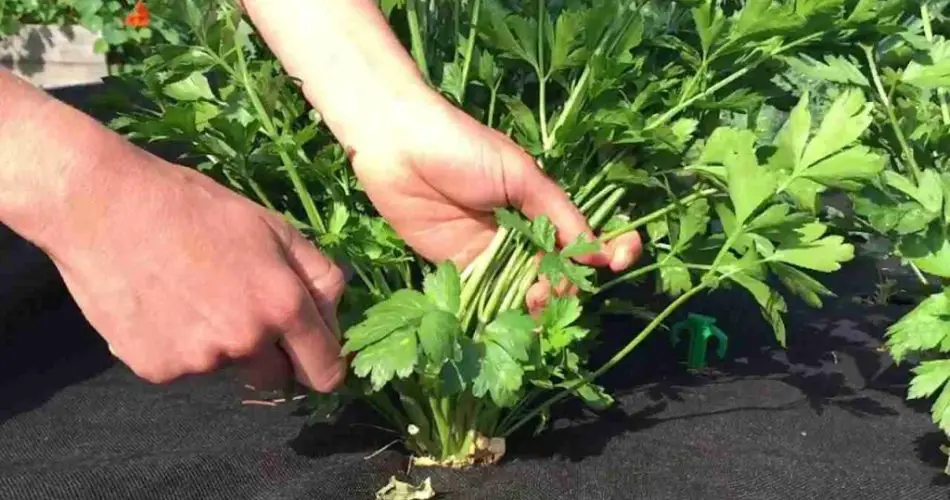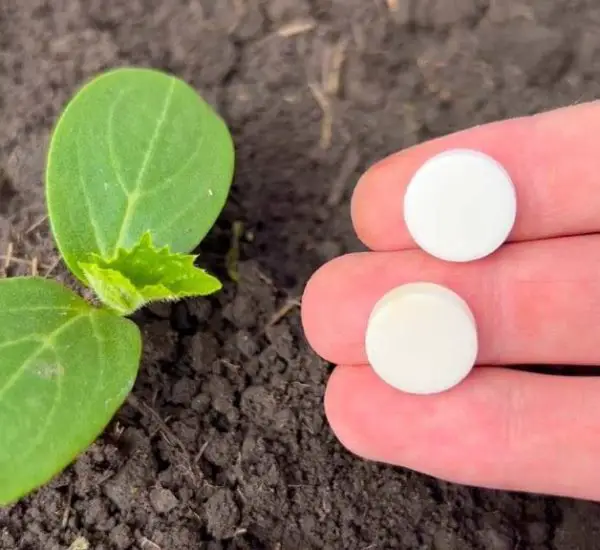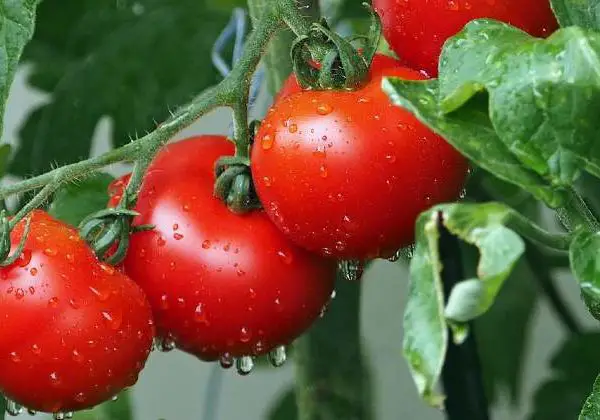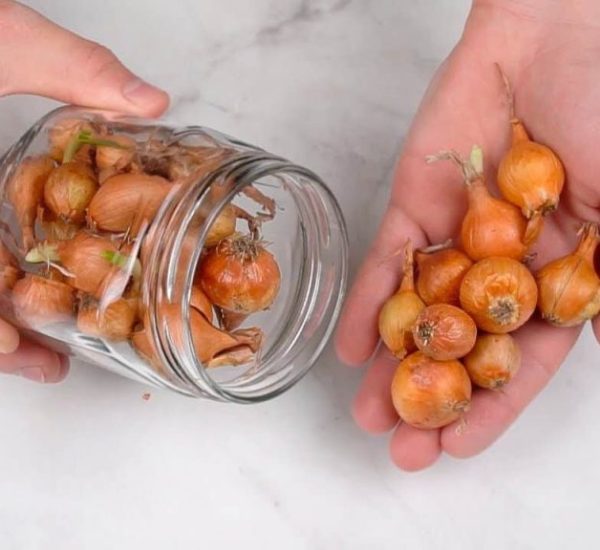Parsley is an aromatic herb widely used in Italian cuisine. Let’s discover the right techniques to harvest it at the best time of the year and, most importantly, to preserve it properly.
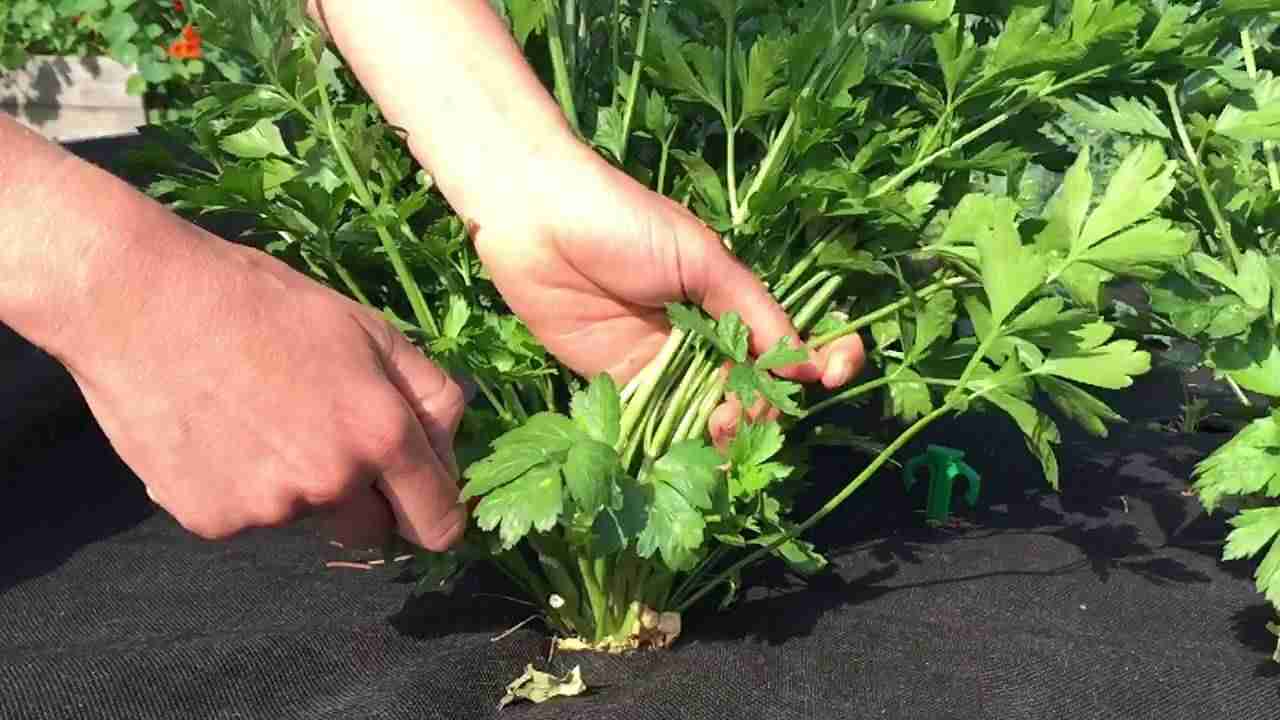
Collecting the Parsley
Among the most appreciated aromatic plants, parsley is certainly a standout. Known for its unique flavor and pungency, it’s a versatile herb that adds an extra touch to many dishes. However, like all fresh herbs, it deteriorates over time, so it’s important to know how to store it effectively. Additionally, knowing the optimal time to harvest it ensures the best taste and yield. Here’s what we’ve discovered about parsley, its harvest timing, and storage methods.
Parsley: The Characteristics of the Aromatic Plant
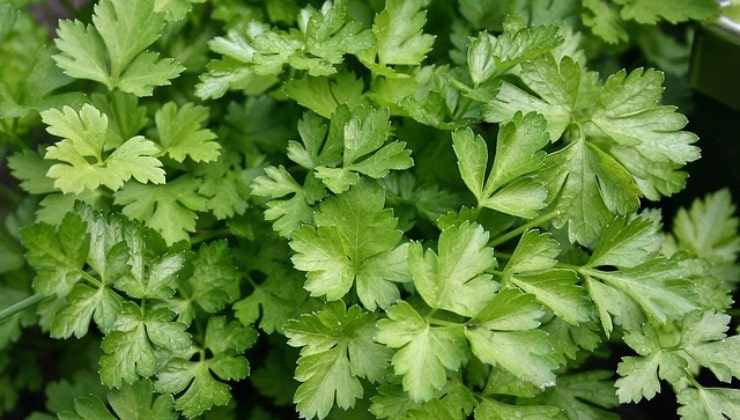
When discussing aromatic herbs, it’s impossible not to mention parsley. This plant is widespread across Italy and is easy to grow. It offers numerous health benefits, such as helping with water retention and the elimination of excess fluids. Parsley’s detoxifying properties help in flushing out toxins from the body when consumed regularly.
Parsley is rich in fats, sugars, carbohydrates, proteins, fiber, sodium, potassium, calcium, and iron, making it a nutritious and valuable food. Some experts even consider parsley a powerful natural anti-inflammatory, and it can also be used to combat bad breath and aid digestion. It can be consumed both raw and cooked, depending on the recipe, and is often used for garnishing dishes due to its distinctive leaves.
When to Harvest Parsley: The Right Time
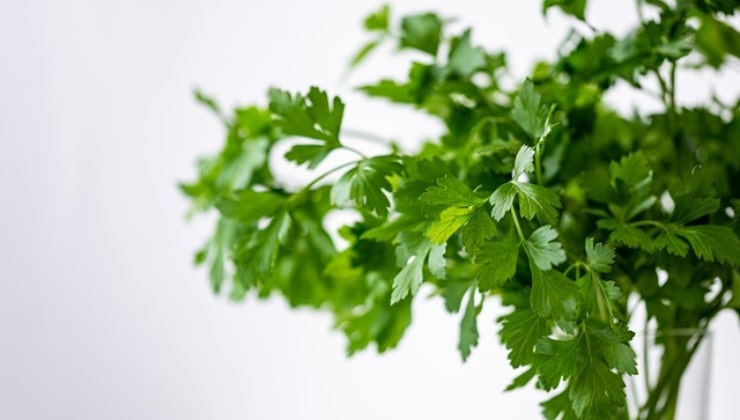
As mentioned earlier, there is a specific phase in the growth of parsley that’s ideal for harvesting. It’s not just about seasons or months, but rather about the plant’s growth stage. To enjoy the best organoleptic qualities, it’s recommended to harvest parsley before it flowers, as the flavor of the leaves becomes lighter once the flowers bloom.
You can also harvest parsley when the new leaves appear after pruning, or when the outer leaves are larger than the inner ones. These small tricks help identify the best time for harvest—not just for what you’ll eat but also to encourage further growth. The new leaves will have more space to expand, while older leaves may dry out prematurely.
How to Store Fresh Parsley
Proper storage is key to preserving fresh parsley, as it’s a very delicate plant. If not stored correctly, it can quickly deteriorate. Parsley can be stored in the freezer by placing it in special freezer bags and thawing it when needed.
For refrigeration, place parsley in plastic containers or wrap it in aluminum foil. However, it will only stay fresh for three days before it begins to spoil. Another method is to wrap parsley in a damp cloth, then place it inside a freezer bag. This helps maintain its moisture, preventing the leaves from drying out too quickly.
A classic preservation method involves placing parsley in water. Simply place the stems in water, cover it with cling film, and store it in the refrigerator. This way, the parsley can last about a week.
Have you ever tried one of these storage methods?
